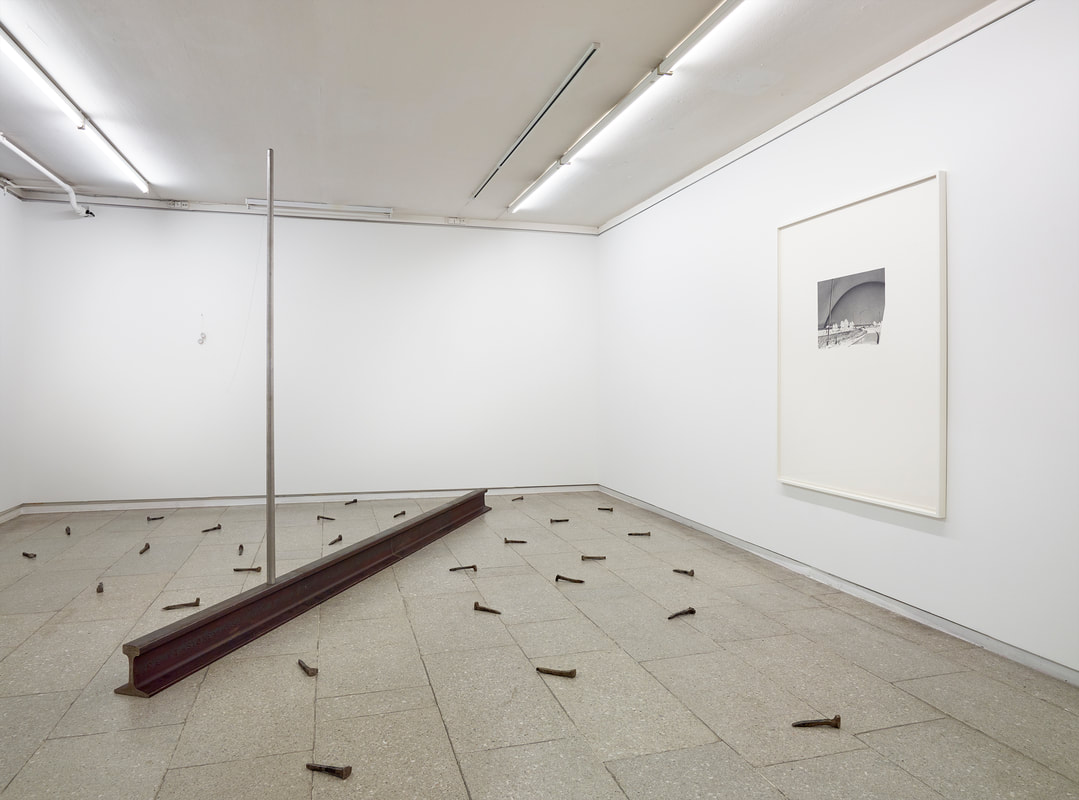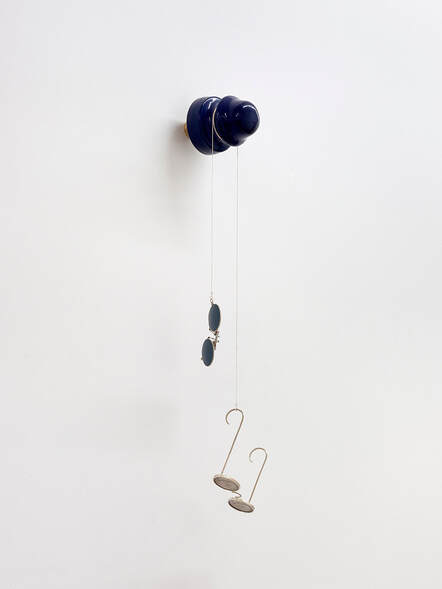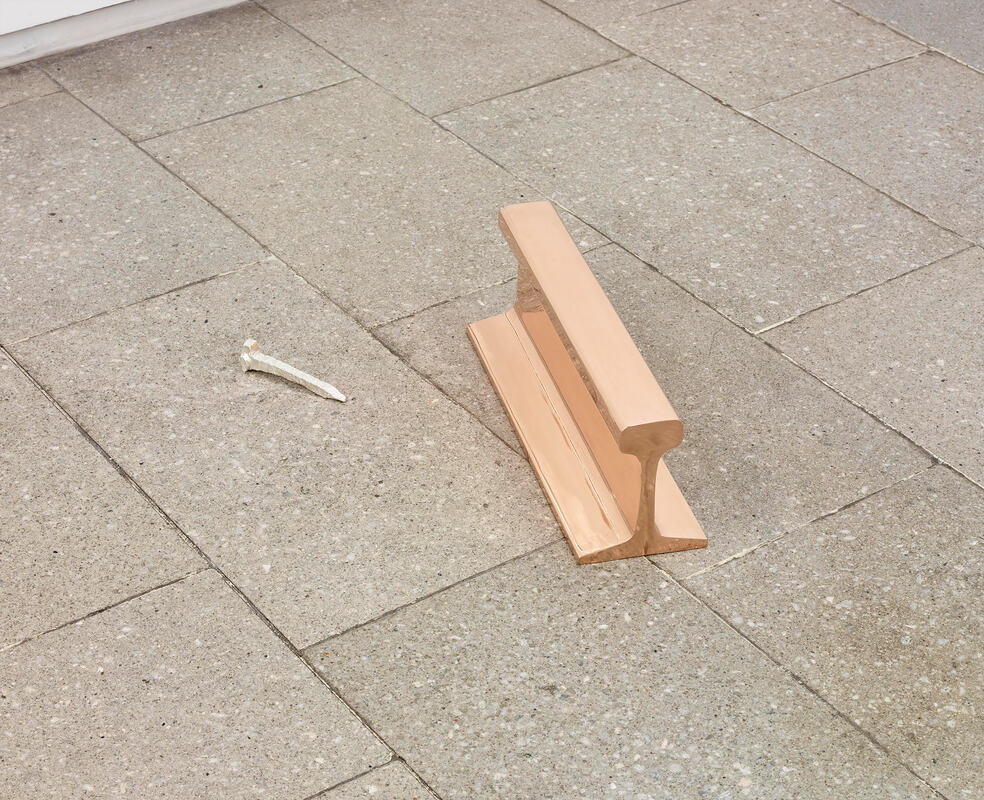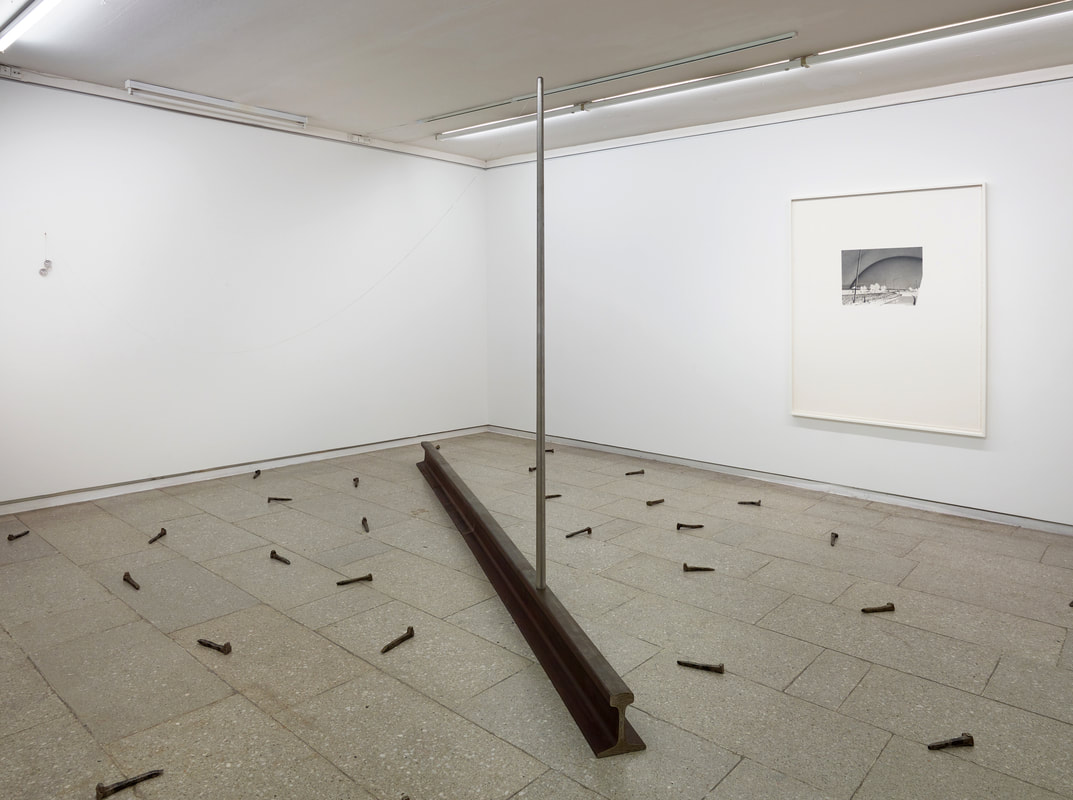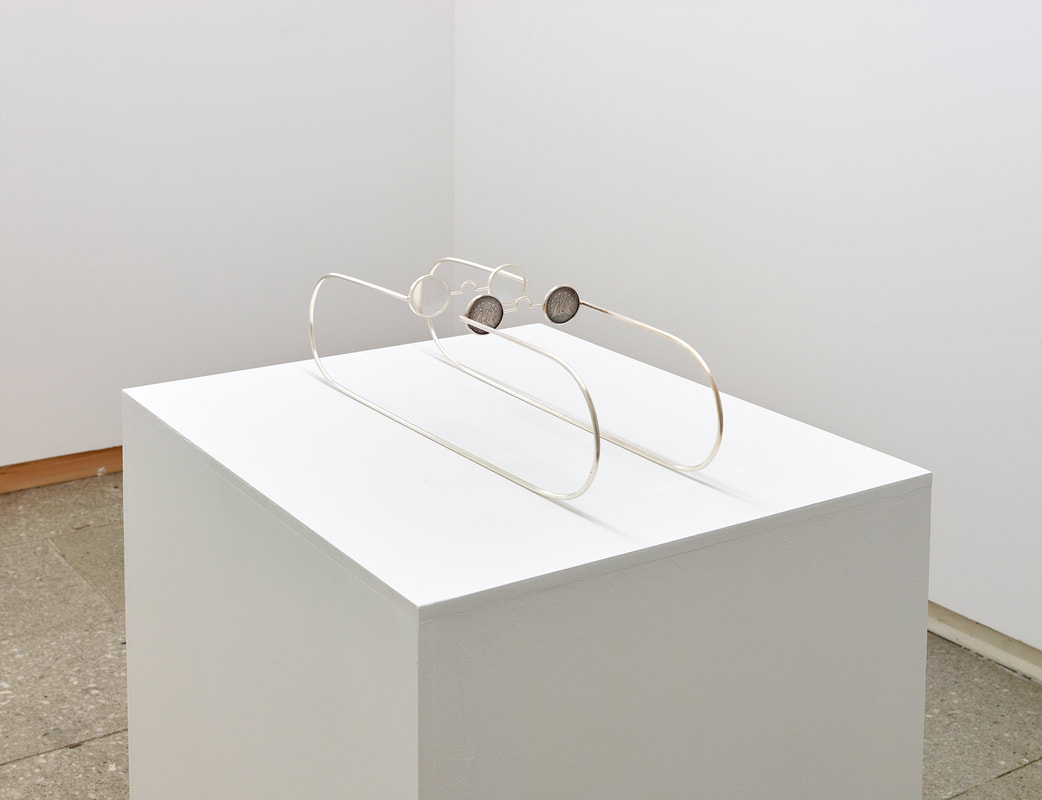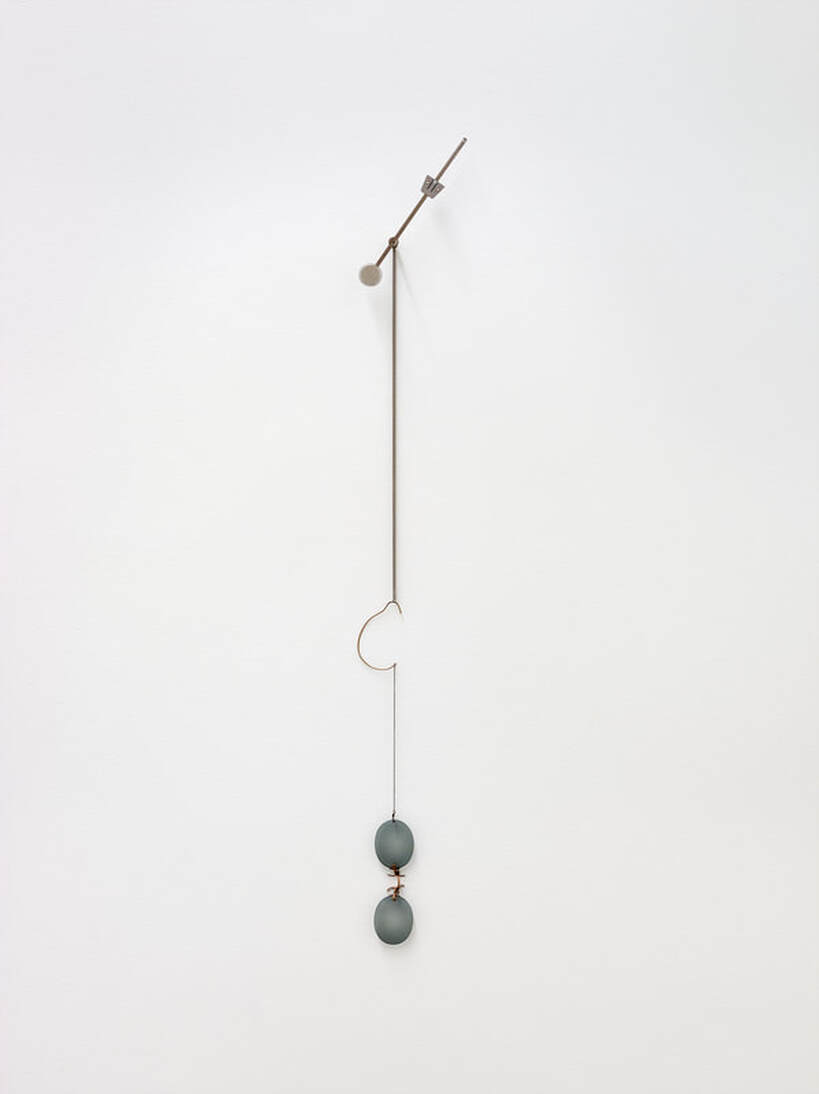Sleeper
Galleri Specta
Copenhagen, Denmark
2019
Galleri Specta
Copenhagen, Denmark
2019
"History resembles photography in that it is, among other things, a means of alienation."
Siegfried Kracauer [1]
“Give me a place to stand, and I shall move the earth.” With this statement, the ancient Greek mathematician and physicist Archimedes described the concept of an ‘Archimedean point’ – a fixed point of reference or hypothetical vantage point. The exhibition Sleeper, which presents works by Andreas Albrectsen and Otavio Schipper, takes as its theme precisely this question of view points, sight and perspective – in particular, that which the Danish historian Søren Mørch has called ‘railway vision’[2]. According to Mørch, ‘railway vision’ – or the ‘modern eye’ – emerges with the invention of the railway and photography. In particular, the new speed of railway travel afforded a radically new view of the landscape, in which the foreground blurs and the horizon appears as a visual constant, a fixed point of
reference.
